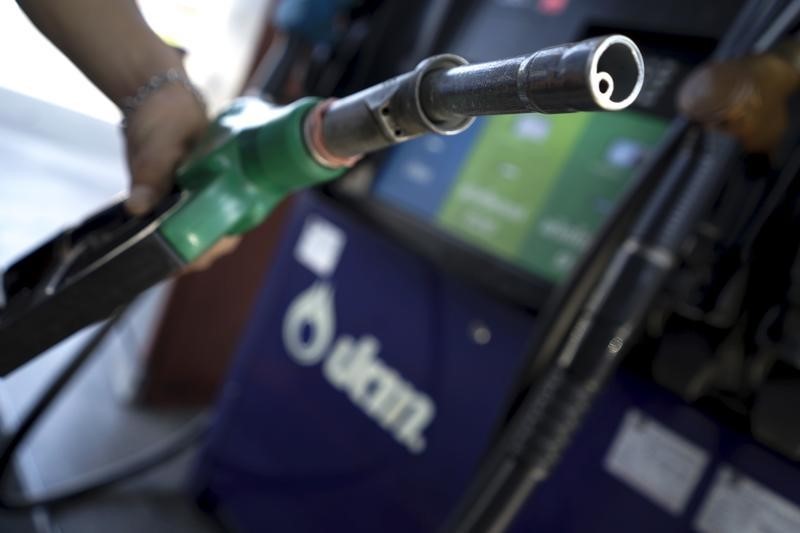Investing.com’s stocks of the week
By Barani Krishnan
Investing.com - Oil prices fell more than 1% but settled the day above the $40-per-barrel mark, as players awaited the next move on production by a global alliance of exporters amid data showing an uptick in stockpiles at a key storage hub for U.S crude.
Key members of the Saudi-led and Russia-assisted OPEC+ alliance are set to meet via a web conference Wednesday to debate the group’s current and future production. And this would be no ordinary meeting of the group, as reports suggest.
Saudi Arabia, the OPEC kingpin that had for months harried others in the group to keep production down in order to support the market’s flight from April’s sub-zero prices to around $40 a barrel now, could opt for higher oil production from August, the reports said.
Data, meanwhile, showed a surge in stockpiles at the Cushing, Oklahoma, hub that stored oil delivered on expiring contracts of the West Texas Intermediate, the benchmark for U.S. crude.
Genscape, the leading indicator on Cushing followed by the market, reported a 1.2 million-barrel addition at the hub during the week ended July 10.
Seevol.com, an emerging reporting source on Cushing, reported a rise of as much as 1.75 million barrels at the hub.
“I expect July Cushing builds to continue but am not sure about August and hoping for some clarity this week,” said Scott Shelton, energy futures broker at ICAP (LON:NXGN) in Durham, North Carolina.
He said there was talk that floating storage of crude on the seas was drawing, “but I see a mixed bag that gives no clear signal of a draw coming in the U.S.”
“The market remains rudderless in my view with CTA buying not likely to be seen until we see the mid 44s in WTI, which looks (like) it’s very far away,” Shelton added, referring to buying from commodity trading advisors, which are basically made up of fund managers. “The market hasn't a clue on what is going to happen other than it looks ‘balanced’ for now.”
New York-traded West Texas Intermediate, the benchmark for U.S. crude futures, settled down 45 cents, or 1.31, at $40.10 per barrel.
London-traded Brent, the global benchmark for oil, slid 52 cents, or 1.1%, to settle at $42.72.
OPEC officials, speaking on conditions of anonymity, said the Saudis appeared ready to raise production as demand for oil was returning to what they perceived to be “normal” following months of depressed sales due to coronavirus-related lockdowns.
In April, Saudi Arabia, the world’s largest oil exporter, led a push that saw the 23-producer group cut its collective output by 9.7 million barrels a day, as the pandemic led to a collapse of oil demand.
Now, Riyadh and most participants in the coalition support a loosening of the curbs, the delegates said. Under Riyadh’s proposal, OPEC+ would relax its current curbs by 2 million barrels a day to 7.7 million barrels a day, the delegates told reporters.
A surge in new coronavirus cases in the United States has tempered expectations for a fast recovery in fuel consumption, even as vaccine developments make progress.
Record high U.S. infection numbers in a day have cast doubts over the pace of economic reopenings from lockdowns, as well as the resumption of school in the fall season. Covid-19 deaths in the United States have started to slowly rise, too, following the surge in new caseloads from the middle of June. New spikes in fatalities are the largest in the two most populous states, California and Texas.
And while infectious disease specialists are hopeful that the number of deaths won’t grow to match the carnage seen in New York state back in April, where the death toll peaked at around 1,000 per day, it’s unclear how quickly deaths may rise in the worst affected states in the coming weeks.
